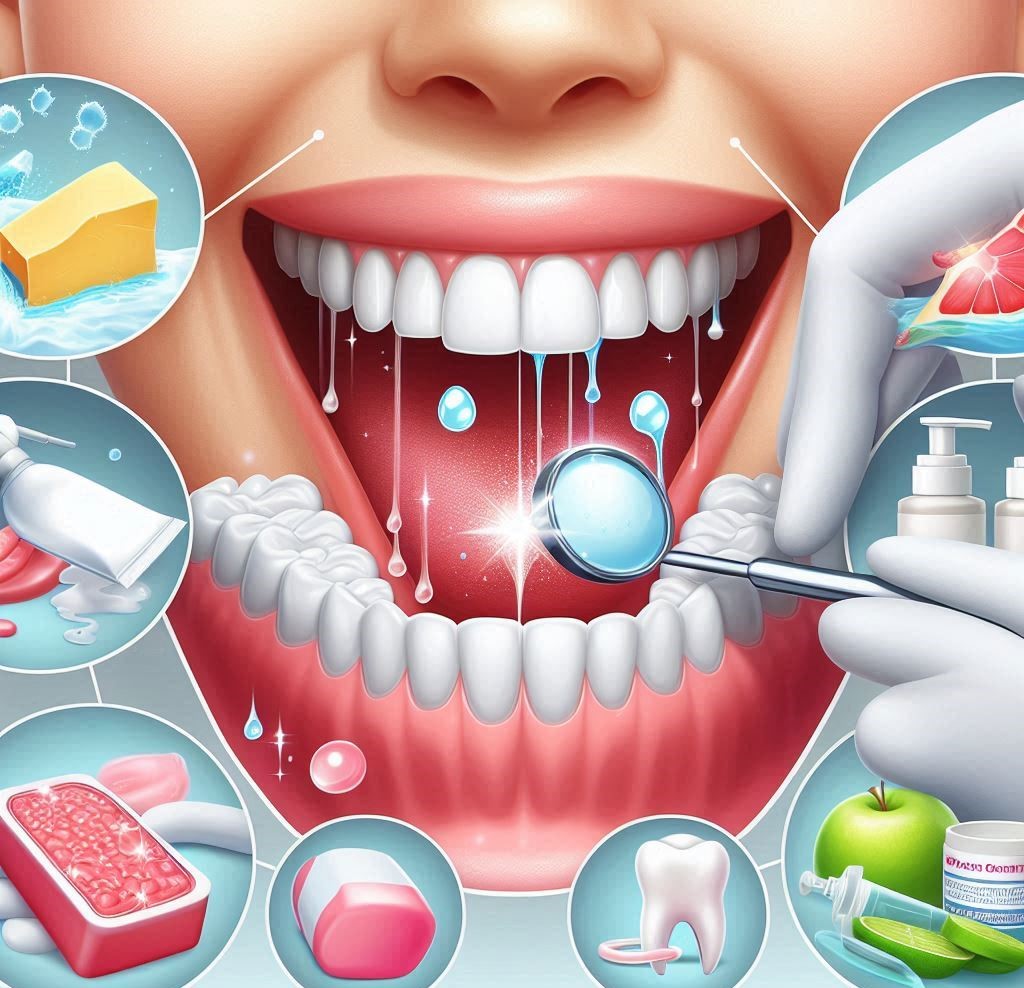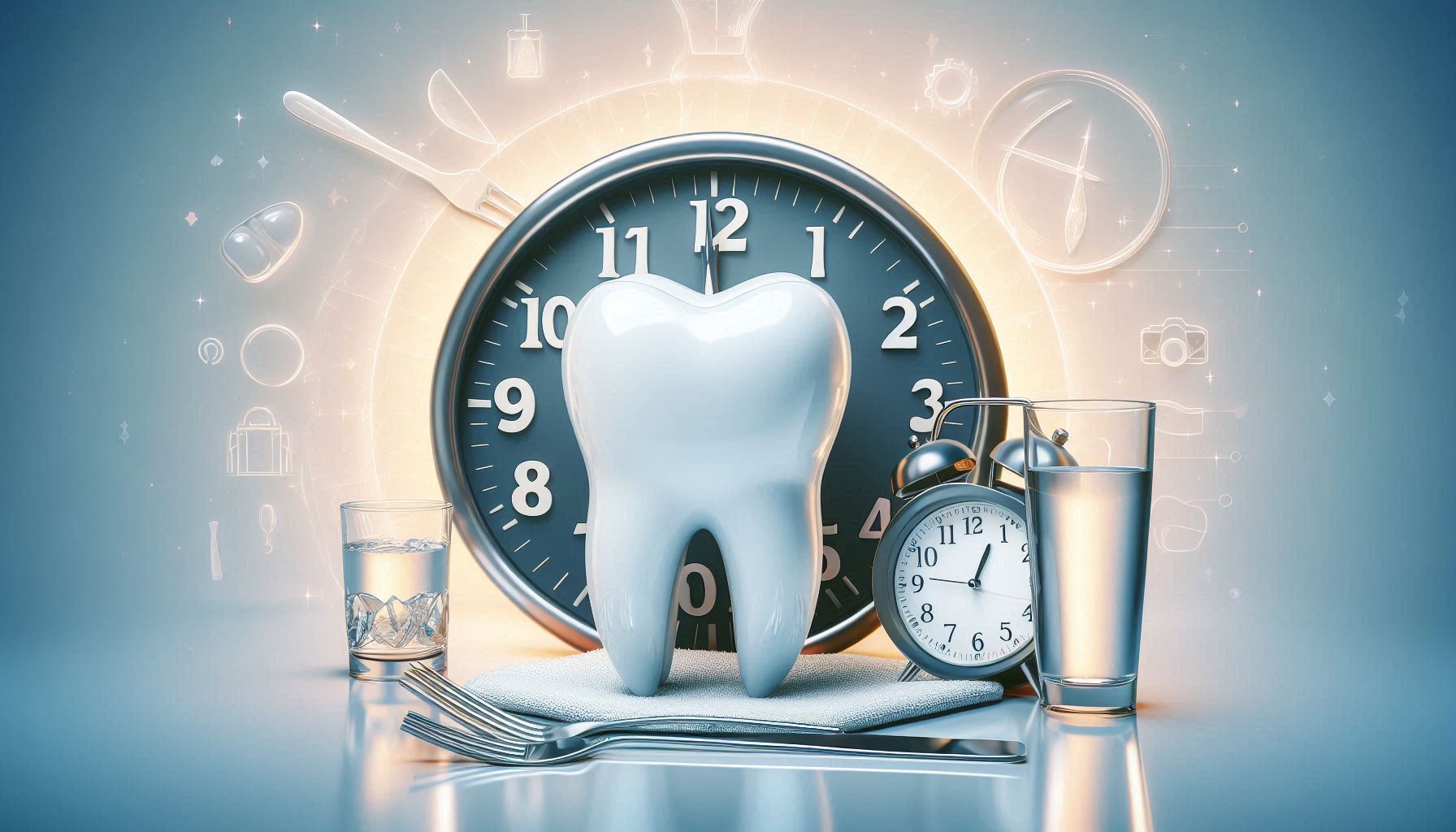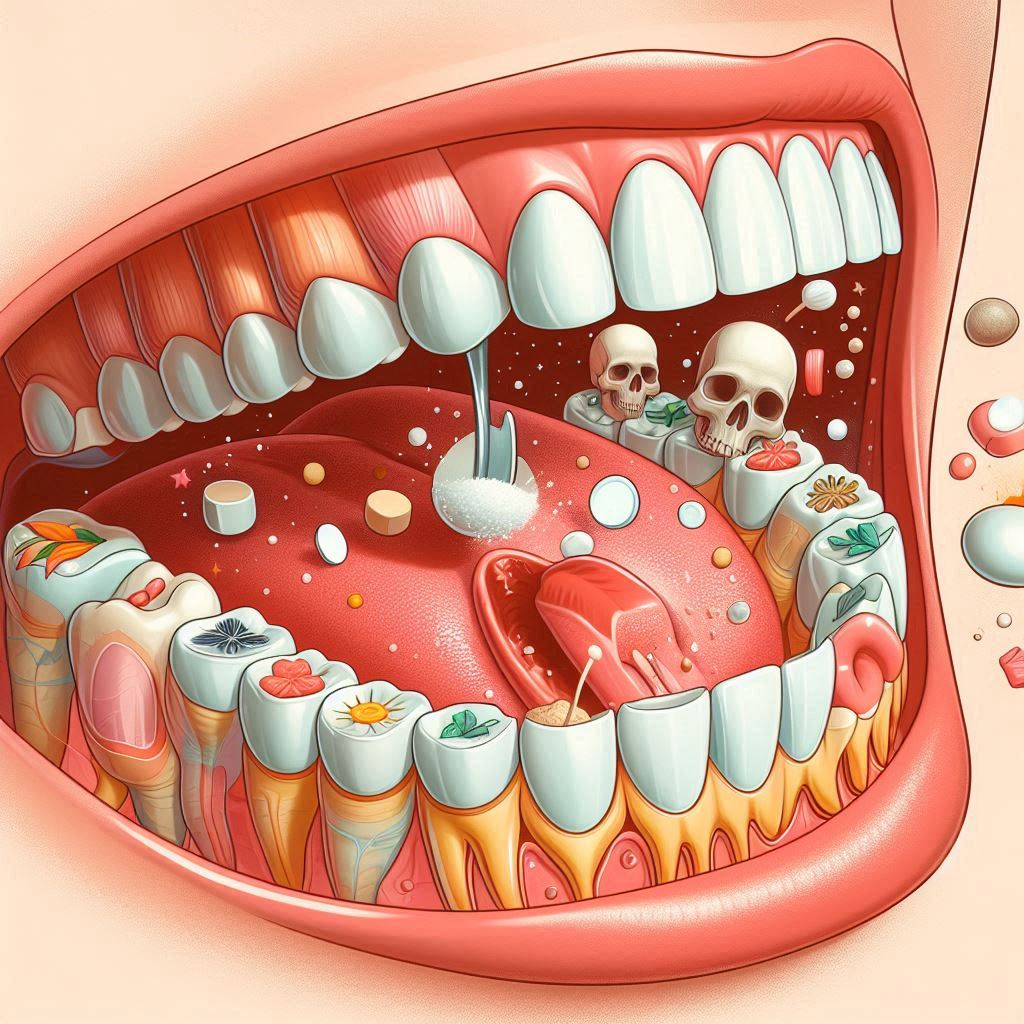A healthy smile is not only a sign of confidence but also a vital part of your overall well-being. Oral health has a direct connection to your systemic health, affecting everything from your ability to chew and speak to your overall immune function. One of the most common dental issues people face are cavities—small holes in the teeth that form as a result of tooth decay. Cavities are often a precursor to more serious oral health problems, including the need for fillings, root canals, or tooth extractions.
However, the good news is that cavities are largely preventable. With the right approach to dental hygiene, nutrition, and regular professional care, you can minimize your risk of cavities and avoid the discomfort, cost, and hassle of fillings. This guide will provide you with comprehensive tips on how to keep your smile cavity-free, promoting long-lasting oral health.
Understanding Cavities: What Are They and How Do They Form?
Before diving into prevention strategies, it’s important to understand what cavities are and how they form. Cavities, also called dental caries, are areas of decay on the tooth’s surface. They occur when harmful bacteria in your mouth produce acids that break down the enamel—the tooth’s outermost protective layer.
The Cavity Formation Process:
Cavities develop through a multi-step process that begins with the presence of bacteria in your mouth. Here’s how the process works:
- Plaque Buildup: Plaque is a sticky, colorless film of bacteria that constantly forms on your teeth. Plaque is harmless when regularly removed, but if left on your teeth, it turns into tartar, which is more difficult to remove and can lead to tooth decay.
- Acid Production: When you eat sugary or starchy foods, bacteria in the plaque feed on these sugars. The byproduct of this process is acid, which attacks the enamel on your teeth. The longer these acids remain on the enamel, the more they demineralize it, weakening the tooth’s structure.
- Demineralization and Enamel Breakdown: As acids continue to erode the enamel, tiny holes or pits begin to form. This is the early stage of a cavity. If the damage progresses, the decay spreads deeper into the tooth, affecting the softer underlying layers, leading to severe damage that often requires a filling.
- Advanced Decay: If untreated, the cavity continues to grow, causing pain and potentially spreading to the tooth’s pulp, where nerves and blood vessels are located. This can lead to infection, abscesses, and the need for more intensive treatment, such as a root canal.
The Power of Good Oral Hygiene
Proper oral hygiene is your first line of defense against cavities. The goal is to remove plaque before it has the chance to harden into tartar and to minimize the number of harmful bacteria in your mouth. Regular brushing, flossing, and using mouthwash are essential components of a good oral care routine.
Brushing Techniques:
Brushing your teeth correctly ensures that you remove as much plaque as possible and avoid cavities. Here’s how to brush effectively:
- Brush Twice a Day: Brush your teeth at least twice a day, once in the morning and once before bed. Brushing before bed is especially important because it removes the day’s buildup of food particles, plaque, and bacteria.
- Use Fluoride Toothpaste: Fluoride is a natural mineral that strengthens tooth enamel, making it more resistant to acid damage. Always use toothpaste with fluoride to protect your teeth from decay.
- Brush for Two Minutes: Many people brush their teeth too quickly or too briefly. Aim to brush for at least two minutes to ensure you clean all surfaces of your teeth. Use gentle, circular motions to avoid damaging your gums or enamel.
- Don’t Forget Your Tongue: The tongue is a breeding ground for bacteria. Brush your tongue or use a tongue scraper to remove bacteria and freshen your breath.
- Change Your Toothbrush Regularly: Over time, toothbrush bristles wear out and become less effective at cleaning. Replace your toothbrush or electric toothbrush head every three to four months or sooner if the bristles are frayed.
Flossing:
Flossing is just as crucial as brushing for preventing cavities. Floss reaches areas that your toothbrush can’t access, particularly the spaces between your teeth and around the gumline. If you skip flossing, plaque can accumulate in these hard-to-reach places, contributing to decay.
- Floss Once a Day: Flossing once a day is usually enough to remove plaque from between your teeth. You can floss either before or after brushing, but the most important thing is to floss regularly.
- Use Proper Technique: Be gentle when flossing, as snapping the floss can damage your gums. Instead, gently slide the floss between your teeth and curve it around each tooth to clean both sides.
- Consider Flossing Alternatives: If traditional floss is difficult to use, try dental picks, floss holders, or an interdental brush. Some people find these tools more convenient, especially if they have braces or other dental appliances.
Mouthwash:
While mouthwash is not a substitute for brushing and flossing, it can provide additional protection by reducing bacteria in your mouth and helping to neutralize acids.
- Use an Antimicrobial Mouthwash: A mouthwash containing antimicrobial ingredients can help reduce plaque buildup and prevent gum disease, both of which contribute to cavities.
- Fluoride Mouthwash: Some mouthwashes contain fluoride, which helps remineralize enamel and prevent tooth decay. This is particularly beneficial if you are prone to cavities or have weak enamel.
Nutrition’s Role in Dental Health
Your diet plays a significant role in cavity prevention. Foods that are rich in vitamins and minerals can help strengthen your teeth, while sugary or acidic foods can erode enamel and promote tooth decay.
Foods to Avoid:
- Sugary Snacks and Drinks: Candy, soda, fruit juices, and baked goods contain high levels of sugar, which fuel bacteria in the mouth. When these bacteria consume sugar, they produce acids that attack tooth enamel. The more frequently you consume sugary foods, the more your teeth are exposed to harmful acids.
- Starchy Foods: Foods like chips, crackers, and bread break down into sugars in your mouth, creating a food source for cavity-causing bacteria. The longer these particles stay in your mouth, the more likely they are to contribute to plaque buildup.
- Acidic Foods: While citrus fruits, tomatoes, and vinegar can be healthy in moderation, they are also highly acidic. Consuming too many acidic foods and drinks can erode tooth enamel over time, leading to weakened teeth and increased risk of cavities.
Foods that Protect Teeth:
- Calcium-Rich Foods: Calcium strengthens tooth enamel and supports overall bone health. Dairy products such as milk, cheese, and yogurt are excellent sources of calcium. If you’re lactose intolerant, consider plant-based alternatives like fortified almond milk or leafy greens such as kale and spinach.
- Phosphorus-Rich Foods: Phosphorus, found in foods like eggs, lean meats, fish, and legumes, works in tandem with calcium to protect and rebuild tooth enamel. Eating a balanced diet that includes these minerals can enhance your tooth strength.
- Crunchy Fruits and Vegetables: Apples, carrots, celery, and other crunchy fruits and vegetables are natural tooth scrubbers. These foods stimulate saliva production, which helps wash away food particles and neutralize acids in your mouth.
- Nuts and Seeds: Almonds, walnuts, and sunflower seeds are rich in healthy fats, protein, and essential vitamins and minerals that support tooth health. Their natural crunchiness also helps clean your teeth as you chew.
Hydration:
Drinking plenty of water is essential for maintaining good oral health. Water helps wash away food particles and bacteria in your mouth, reducing the amount of plaque that forms on your teeth. It also stimulates saliva production, which is crucial for remineralizing enamel and neutralizing acids.
- Avoid Sugary Beverages: Sugary drinks like soda, energy drinks, and sweetened coffee contribute to plaque buildup and enamel erosion. Opt for water, milk, or unsweetened tea instead.
The Importance of Fluoride in Cavity Prevention
Fluoride is one of the most effective tools in preventing cavities and protecting tooth enamel. It strengthens the enamel, making it more resistant to acid attacks and helping it to remineralize in the early stages of tooth decay.
How Fluoride Works:
Fluoride works in two main ways:
- Strengthening Enamel: Fluoride strengthens weakened enamel by promoting the remineralization process, which can reverse early signs of decay and prevent cavities from forming.
- Preventing Acid Erosion: Fluoride helps reduce the effects of acids produced by bacteria in your mouth, preventing enamel erosion and reducing your risk of cavities.
How to Use Fluoride:
- Fluoride Toothpaste: Using fluoride toothpaste is one of the easiest and most effective ways to protect your teeth from cavities. Most commercial toothpastes contain fluoride, so it’s important to use this daily.
- Fluoridated Water: Many municipal water supplies contain fluoride, which has been shown to significantly reduce the risk of cavities. Drinking fluoridated water can help protect your teeth.
- Fluoride Treatments: If you’re at high risk for cavities, your dentist may recommend professional fluoride treatments. These treatments involve applying a highly concentrated fluoride gel or varnish to your teeth, providing extra protection.
Regular Dental Visits: Early Detection and Prevention
One of the most effective ways to prevent cavities is through regular dental visits. Professional cleanings, checkups, and early detection of potential issues can help prevent cavities from developing into more serious problems.
Professional Cleanings:
Even with the best at-home care, it’s impossible to remove all plaque and tartar buildup. Dental hygienists perform deep cleanings to remove tartar, which can only be done at the dentist’s office. Regular cleanings every six months can prevent gum disease, cavities, and other oral health problems.
Early Detection of Cavities:
Dentists can spot early signs of decay during routine exams, even before cavities are visible. X-rays can help identify cavities in the early stages, allowing for minimal treatment like fluoride application or dental sealants rather than invasive procedures like fillings.
Fluoride Treatments and Sealants:
If you’re at risk for cavities, your dentist may apply fluoride treatments or dental sealants to protect your teeth. Fluoride treatments can strengthen your enamel, while sealants act as a protective barrier against plaque and bacteria.
Dental Sealants: A Protective Layer Against Cavities
Dental sealants are thin, plastic coatings applied to the chewing surfaces of your back teeth (molars) to protect them from decay. These teeth have deep grooves where food particles and bacteria can easily accumulate, making them more susceptible to cavities.
Who Should Get Sealants?
- Children and Adolescents: Sealants are most effective when applied to children’s teeth as soon as their permanent molars come in (around age 6 and 12). Sealants can last up to 10 years and are highly effective at preventing cavities in these vulnerable areas.
- Adults at High Risk: Adults who are at higher risk for cavities—due to deep grooves, dry mouth, or poor oral hygiene—can also benefit from sealants.
Lifestyle Choices and Oral Health
Lifestyle choices such as smoking, alcohol consumption, and drug use can affect your oral health and contribute to cavity formation.
Tobacco Use:
- Smoking or chewing tobacco reduces saliva production, which increases plaque buildup and the risk of cavities. It also stains your teeth and contributes to gum disease.
- If you smoke or use tobacco, quitting can significantly improve your oral health and reduce your risk of cavities and other dental problems.
Alcohol and Oral Health:
- Excessive alcohol consumption can dry out your mouth, reducing saliva flow and leaving your teeth more vulnerable to decay.
- Alcohol also contains sugars, which, when combined with bacteria in the mouth, contribute to plaque buildup and enamel erosion.
Conclusion
Cavities are a preventable problem that affects millions of people worldwide. By understanding the causes of tooth decay and adopting a proactive approach to oral hygiene, diet, and regular dental care, you can avoid fillings and maintain a healthy, beautiful smile. Remember that prevention is always better than treatment. With the right habits and professional guidance, you can protect your teeth and enjoy optimal oral health for life.
SOURCES
American Dental Association. (2020). Oral health topics: Cavities (Tooth decay). Journal of the American Dental Association, 151(6), 439-448.
Fejerskov, O., & Kidd, E. A. (2015). Dental caries: The disease and its clinical management (3rd ed.). Wiley-Blackwell.
Harris, R., & Thomas, L. (2018). Preventing dental caries: Understanding the role of diet, hygiene, and fluoride. Journal of Clinical Dentistry, 29(2), 107-115.
Lynch, C. D., & Milgrom, P. (2020). Cavity prevention strategies in modern dentistry. Dental Clinics of North America, 64(4), 657-671.
Marsh, P. D. (2018). Microbiome and dental caries. In D. B. Smith & T. R. Wilson (Eds.), Advances in Dental Research (pp. 134-140). Elsevier.
Müller, M., & Varga, M. (2017). Fluoride and its effects on dental health: A critical review. International Journal of Dental Hygiene, 15(4), 243-250.
Pitts, N. B., & Ismail, A. I. (2017). Caries management: A multifactorial approach. In T. D. Roberts & K. L. McLoughlin (Eds.), Preventive Dentistry: Theory and Practice (pp. 102-117). Springer.
Slade, G. D., & Spencer, A. J. (2019). Oral health and the prevention of dental diseases. In M. C. Johnson & L. R. Green (Eds.), Oral Disease Prevention (pp. 81-95). Oxford University Press.
World Health Organization. (2020). Oral health: Preventing cavities and promoting oral health in children. World Health Organization Report.
HISTORY
Current Version
February 27, 2025
Written By:
SUMMIYAH MAHMOOD




